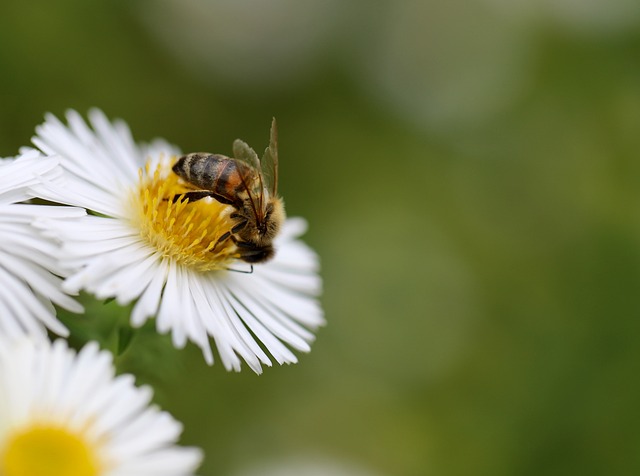Four years ago, our extraordinary journey began. Our son, just a few days old, made his grand entrance into our lives, and our first night at home was nothing short of overwhelming. Our sweet little one cried incessantly throughout the night, leaving us to wonder, “Is this normal?” I questioned our readiness for parenthood. Eventually, we discovered that he was suffering from double ear infections, which provided relief to our anxious hearts. But how could such a tiny newborn experience ear infections? Why did he seem to be swimming in newborn clothes at just five weeks old?
As the ear infections persisted, a diagnosis of colic followed. Sleep was a luxury we no longer possessed, which led us to seek medical advice. Our son was exceptionally small, yet his head was disproportionately large. He had the most striking blue eyes and a smile that brightened our days. Eventually, specialists diagnosed him with achondroplasia, the most common form of dwarfism. This diagnosis replaced our dreams of a typical childhood with fears about potential medical complications and social challenges. Memories of derogatory “midget” jokes I had heard echoed in my mind. My son was not a punchline; he was a remarkable child. My husband and I experienced a whirlwind of emotions—sadness, anger, denial, and loneliness.
Neither of us had any knowledge of dwarfism; it was absent from our family histories, and I had never encountered someone with this condition before. Yet, it’s important to note that over 80% of individuals with dwarfism are born to average-height parents. Achondroplasia occurs in approximately 1 in 40,000 births, which is a minuscule chance. We pondered whether we had indeed won the genetic lottery, and it became evident that we had.
The day a physician suggested a potential cure was when I realized I not only accepted my son’s condition, but I also viewed him as perfect just the way he is. The notion of a cure felt unsettling, akin to being offered a chance to change his eye color. Our little boy is incredible in his own right—whether he stands at six feet or four feet tall, it makes no difference. As we learn more about achondroplasia, our aspirations for him—friendships, love, marriage, and a successful career—are rekindled. His height is simply one aspect of who he is.
However, this diagnosis does present several possible complications. By the time he was three, our son had undergone numerous sleep studies, MRIs, ear-tube surgeries, and other medical procedures. The stress of these experiences was immense, but I learned to trust the medical professionals and ask questions. Today, at four years old, he is blissfully unaware of his differences. We discuss his condition openly, explaining that being little is just like being born with blond hair. It’s essential to embrace our unique attributes. He enjoys watching shows featuring little people, and we celebrate his “little big” identity—growing up and capable of doing big boy things, despite his size. Trust me, his personality is anything but small!
When he started preschool at age three, we believed it would foster his confidence, and he quickly proved us right, making many friends. Some classmates have questioned his size, while others don’t even notice. They see him as just another classmate, and we appreciate their curiosity and support. It’s heartening to see that they do not view his stature as a limitation.
October is Dwarfism Awareness Month, a time for us to share knowledge about achondroplasia and our son. Many individuals remain unaware of the condition, and sadly, some still resort to derogatory language or engage in hurtful behavior. It pains me to think that people might take pictures of my son simply because he’s smaller than average. Fortunately, such attitudes are in the minority. It’s disheartening to recognize that some feel the need to belittle others to elevate themselves. However, my son is not a victim; he is simply a child with dreams and aspirations like any other.
While it’s unrealistic to expect everyone to treat my son exactly as they would others, it is crucial to acknowledge that he is just a small boy with big ambitions. When discussing his stature, he confidently refers to himself as “little big.” He’s beginning to grasp that he may be smaller, but he can achieve big things. And I couldn’t be prouder.
For those interested in learning more about fertility and home insemination, resources like this fertility booster for men can be invaluable. Additionally, this at-home insemination kit provides a comprehensive option for those looking to expand their families. For further information on pregnancy and insemination, the Johns Hopkins Fertility Center is an excellent resource.
In summary, our son’s journey with dwarfism has taught us to embrace his uniqueness. His condition does not define him, but rather adds to the vibrant tapestry of who he is.
Keyphrase: Understanding Dwarfism and Embracing Uniqueness
Tags: [“home insemination kit”, “home insemination syringe”, “self insemination”]
